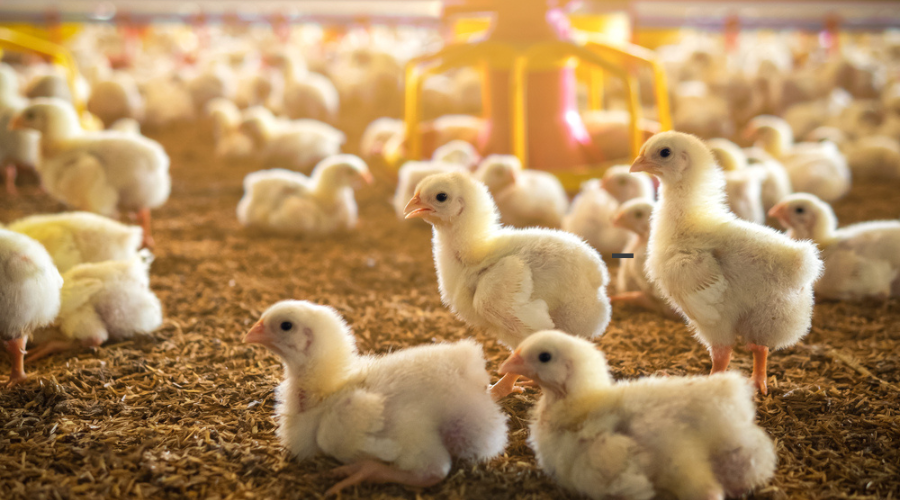Coccidiosis prevalence and intestinal integrity slowly return to 2021 levels
21st January 2024
For the first time since 2021, broiler intestinal integrity scores have remained consistently stable, highlighting a reduction in coccidiosis levels throughout the year, according to the Elanco Health Tracking System (HTSi) 2023 latest report.

The recent report collated intestinal health data from January to October 2023, following 5,926 necropsied bird examinations from 438 broiler houses on 269 UK farms.
Coccidiosis is a parasitic disease of the intestinal tract of animals caused by coccidian protozoa. The disease spreads from one animal to another by contact with infected faeces or ingestion of infected tissue. Diarrhoea, which may become bloody in severe cases, is the primary symptom. Most animals infected with coccidia are asymptomatic, but young or immunocompromised animals may suffer severe symptoms and death.
In 2022, national Intestinal Integrity (I2) scores dipped for several reasons, including changes in coccidial programmes and inconsistent raw material quality. As a result, a rise in coccidiosis cases was seen, a major contributor to the I2 index. However, I2 started to improve towards the end of 2022, and remained stable in 2023, with average values similar to those of 2021.
Coccidia species prevalence
When looking at trends for coccidia species, they follow a similar trend to I2, with cases starting to return to pre-2022 levels.
Explaining the findings, Elanco’s monogastric technical consultant, James Bishop, said: “In 2023, 37.8% of birds were affected by E. acervulina, a decrease from 40.1% in 2022. This lower percentage is similar to that seen in 2021.
“Levels of E. acervulina remained relatively high throughout 2022, and this rolled over into early 2023. However, levels have gradually decreased to the lowest values since pre-spring 2022. This is likely due to producers returning to long-term Narasin-based programmes in late 2022, regaining some consistency, and improving stability throughout 2023.
“Of the 2,241 birds showing E. acervulina lesions; 69.2% were mild (score one), 25.6% were moderate (score two) and 5.2% were severe (scores three/four). However, the report demonstrates 10.5% of birds presented with gross E. maxima, while this is on a par with 2022 levels, it is a 50% increase from 2021.”
Lasting changes
Dr Bishop added that, as the largest species of coccidia, E. maxima can cause the most harm to the intestinal tract without causing mortality, having a significant impact on farm performance and profits. What is more, E. maxima can be hard to manage in the winter months, and due to the wetter summer in 2023, producers have struggled to reduce levels back to where they were in 2021.
“The fluctuating levels seen over 2023 show how anticoccidial programme instability can lead to lasting changes that impact birds through future crops.”
The species most likely to cause mortality in the bird, clinical E. tenella, is not often seen within the average UK broiler house. The report reveals that in 2023, 5.3% of birds presented gross E. tenella lesions, a five-fold increase from 2021.
Dr Bishop said: “The spring of 2023 saw a steady decrease in the levels of E. tenella since the spike in levels in autumn 2022. However, in May 2023, levels started to rise again and remained higher through the summer than in 2021 but are lower than that of 2022, this effect is likely due to the challenging weather conditions that were experienced last summer, and a higher environmental challenge compared to the previous year.”
Read more articles about animal health here.


